The emerging trends in architectural design reflect a new approach to perceiving and understanding architecture. Many of today’s architectural projects appear more fluid, liberating themselves from rigidity and repetition while symphonizing with softer integrated geometries. This can be attributed to parametricism, an avant-garde architecture movement that utilizes technology and parametric software to attain form.
The style explores the unlimited iterations that can be achieved by manipulating parameters that control points, nodes, lines, planes, and volumes, eventually transcending to larger-scale structures and even urbanism and masterplans.
With the 21st century’s unprecedented technological evolution, parametricism is rising as technology can facilitate the design process and cater to sustainability requirements while creating striking, novel forms. The power of parametric design lies in its ability to manage and facilitate the ability to develop complexity. With innovation as one of architecture’s goals, parametricism and its integration with technology provides solid grounds for creativity to flourish and endless experimentation with incredible speed and efficiency. It is almost impossible to envision, create, and execute forms with the complexity that parametricism brings without its tools and techniques, reflecting another reason why this design style and its philosophy dominate the industry.
Parametricism & Patrik Schumacher
Parametricism, as we know it today, owes much of its formalization to Patrik Schumacher, the principal of Zaha Hadid Architects (ZHA) and Chairman for the life of the Employee Benefit Trust owning ZHA and has been leading the firm since Zaha Hadid’s passing in March 2016. In addition to his architecture education, he studied mathematics and philosophy; his interest in these subjects is reflected in his design thinking and philosophy.
Schumacher first coined the term “parametricism” in his Parametricist Manifesto, where he articulated the philosophy and principles of this design paradigm. His manifesto set the stage for parametricism to be recognized as a legitimate architectural style, influencing a generation of architects to adopt its principles.
For Schumacher, parametricism emphasizes flexibility and dynamic relationships between elements, replacing traditional rigid geometries with fluid forms like splines, nurbs, and subdivisions. These elements act as building blocks for complex systems that interact and resonate with one another through scripts, allowing for continuous variation and adaptability. The style seeks to solidify internal interdependencies within designs and create external connections with broader urban contexts. It avoids rigid forms and repetitive patterns while promoting differentiated, interconnected structures.
Patrik Schumacher’s Parametricist Manifesto had a profound impact on the architectural community. By proposing parametricism as a new global style, he aimed to establish it as the dominant architectural paradigm, much like modernism once was. He emphasized that parametricism is not merely a design method but a comprehensive style that should influence every level of architectural practice, from individual buildings to urban planning.
Parametricism emerges from the creative exploitation of parametric design systems in view of articulating increasingly complex social processes and institutions. The parametric design tools by themselves cannot account for this drastic stylistic shift from modernism to parametricism.
Patrik Schumacher
His manifesto challenged the architectural community to embrace complexity and innovation through continuous variation and the dynamic relationships between elements. Schumacher’s call for a unified architectural style sparked debate, but it also encouraged many architects to explore the potential of parametric design in their work. By advocating for the widespread adoption of parametric principles, Schumacher has helped parametricism gain substantial traction in academia and practice.
Has the style war begun?
While Schumacher and others believe parametricism is the way to go, let us remember that architecture has always been a pursuit that promotes creativity and innovation.
“The latest built works from Zaha Hadid Architects are much more than experimental manifesto projects; they succeed as high-performance projects in the real world. The Nordpark Cable Railway stations in Innsbruck are a good example. No other style could have achieved this coincidence of adaptive variation to the different site conditions with genotypical coherence across those phenotypical variants. Parametricism is ready to go mainstream. The style war has begun.” wrote Patrik Schumacher in Architects Journal in 2010.
The style war should instead be interpreted as an architectural and design race. The goal is not for a style to dominate but to create more sustainable, comforting, integrated, and functional architecture. Only time will prove if parametricism will serve for all these considerations.
Development and Growth of Parametricism
In his interviews, Schumacher highlights the efforts made to integrate and invigorate parametricism in architectural and design schools and how rising architectural offices utilize parametricism in their competitions, projects, and exhibitions.
This reflects that parametricism is becoming more mainstream, especially among institutions following technological innovation trends. As a style, parametricism has also matured enough to be integrated into design fields other than architecture, including furniture, fashion, and jewelry design. Furthermore, Schumacher points out that protagonists of parametricism are embracing more success in winning competitions and commissions.
Architectural firms, like ZHA, have adopted parametricism as their signature style and continue to prove how it can boost creativity and create the unimaginable. Hadid and Schumacher were some of the first architects to fully incorporate digital design tools into the design process. Aspiring to push the boundaries of traditional architecture, she used tools like Rhinoceros and Maya, which gave them the flexibility to experiment and explore potential shapes and geometries. ZHA often settled for smooth curvilinear forms that responded to the different surrounding conditions and the parameters set accordingly. It is essential to highlight that their designs’ complexity and precision could only have been achieved with parametricism and digital tools.
ZHA’s most notable works include the Heydar Aliyev Center and the Guangzhou Opera House, often used as examples of parametric architecture and living testament of the boost parametricism brings to innovation and dynamism in form-making. ZHA has also used parametricism and digital tools to evaluate and optimize buildings’ environmental and sustainability performance.
ZHA is not the only architectural firm that has adopted parametricism as a style and technology as its primary experimental and design tool. Reputable firms like Gensler, Gehry Partners, BIG, and even smaller-scale firms also contribute to parametricism. Schumacher highlights that parametricism should not be solely categorized as a signature work. This reflects that everyone can adopt this style and benefit from the technological tools and design logic it advocates for to create high-performance architecture and structures.
Did Parametricism exist before?
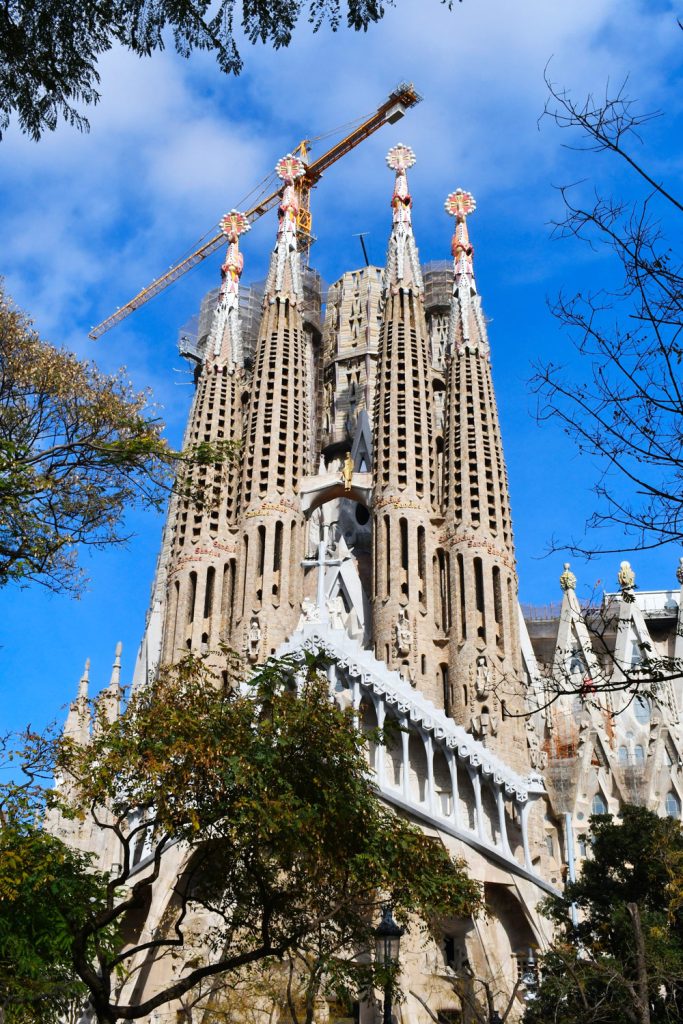
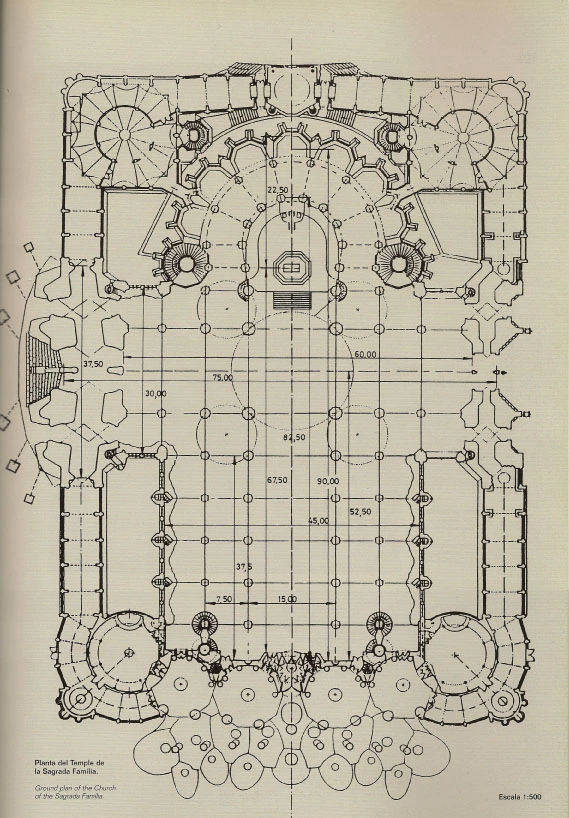
Parametricism, as we know it today, is a new concept and style. However, some leading architects like Antoni Gaudi, Luigi Moretti, and Frei Otto demonstrated that their ingenuity was ahead of their time.
Antoni Gaudi (1852-1926) was a Catalan architect well-known for his unique, organic forms and eye-capturing use of texture and color. He is mainly known for his incredible churches; perhaps as striking as these churches is the method he developed to imagine and create them. Gaudi relied on modeling rather than drawing as a form of architectural expression. This translated into upside-down chain models suspended from a ceiling or strings with attached weights. By manipulating the weights and their positions, Gaudi could modify the shapes of the arches, resulting in a new model every single time. This process is almost identical to the process modern parametric design software and plugins adopt.
Gaudi was not the only one interested in “parametric” 3D modeling in the design process. Frei Otto (1925-2015) was a German architect and engineer known for his tensile lightweight structure design. Otto approached his design problems in multiple ways.
For example, or his tent project from the British Petroleum oil pumping rigs, he used a “hump tent” approach where he loaded springs to manipulate a fabric’s edges and eventually create curves on its surface. Otto also used “soap film models, hanging chain models, tensile fabric models made of stretch fabrics, and inflatable forms” as part of the iterative design process, where changing one of the model’s parameters would contribute to the design and structural experimentation process. These methods were not intended to visualize the final design but to explore the vast possibilities these tools bring and the latent potential a project could hold.
Luigi Moretti (1907-1973) was an Italian architect renowned for his organic forms and designs. His love for mathematics was reflected in his design process, which included the rigorous use of parameters as the primary tool for a more definitive and exact overall expression of characteristics and structure. Moretti worked on multiple projects following his parameter-based design methods, including the “M Stadium” Project.
After defining the typology based on the stadium’s function, the parameters associated with the viewing area and angle were determined. Then, based on these studies, a detailed, complex mathematical analysis was conducted to deduce the stadium’s plan, volume, and geometry.
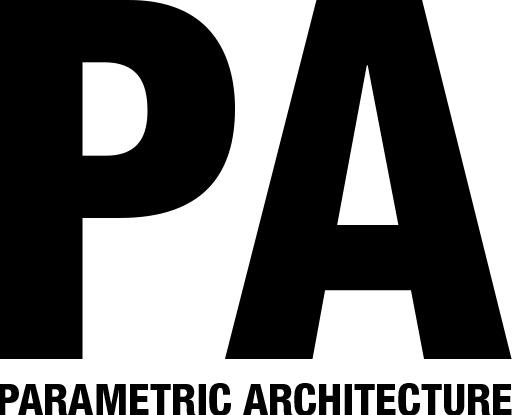



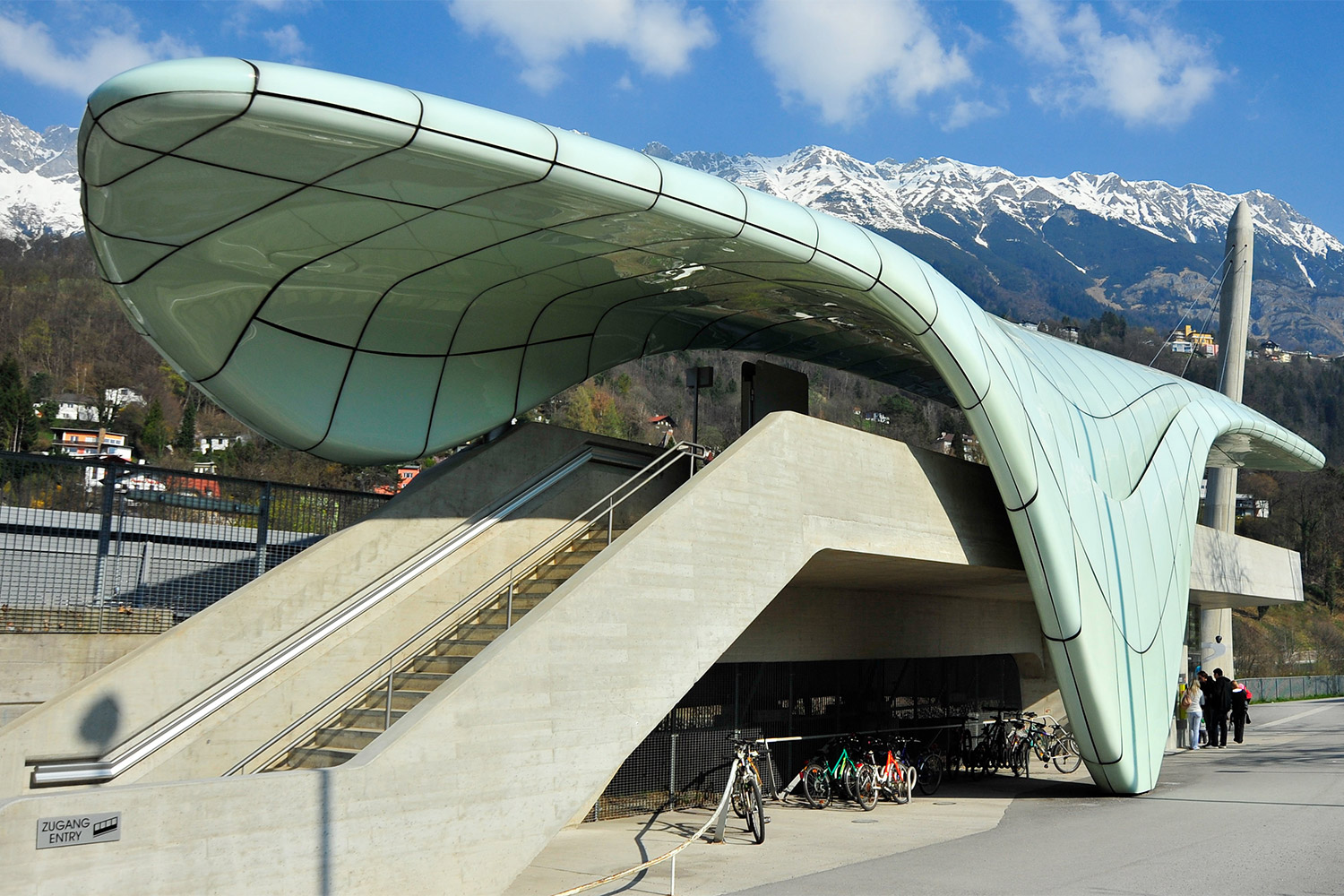
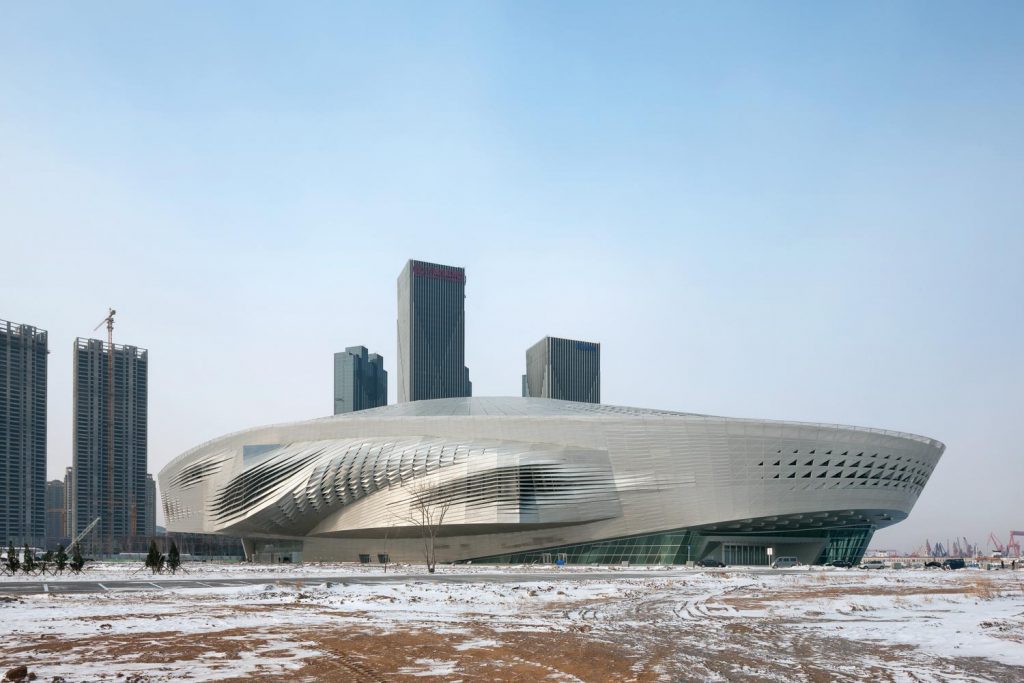

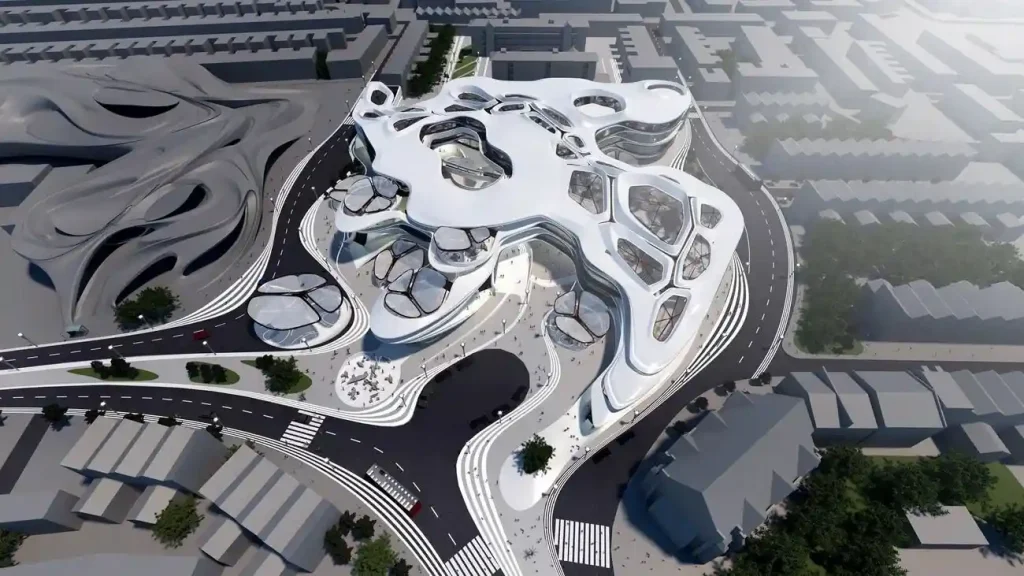
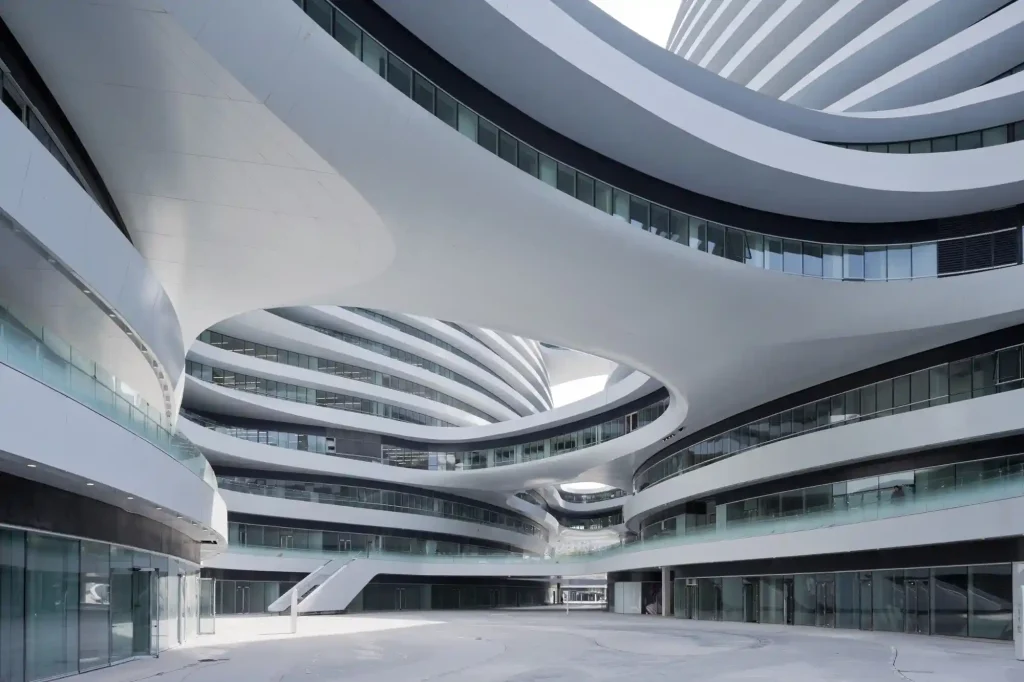
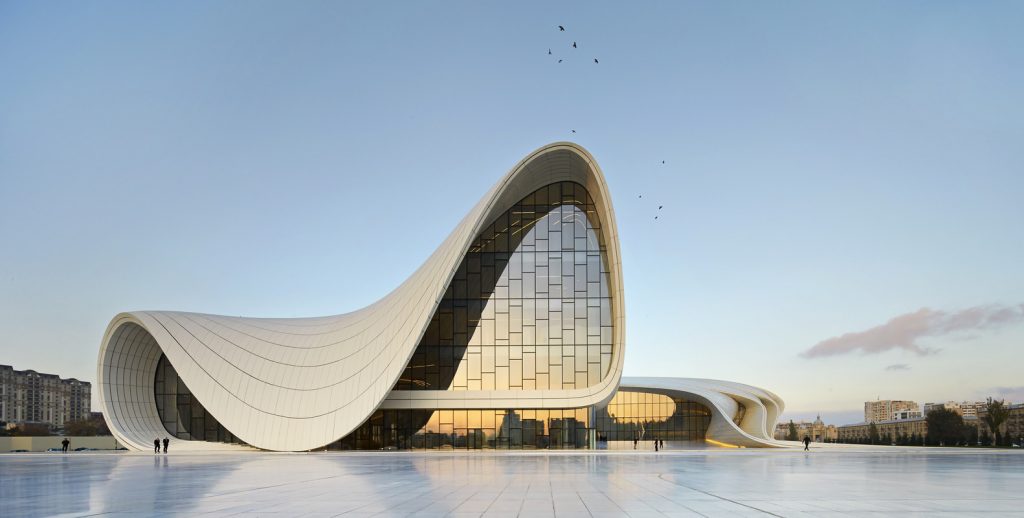
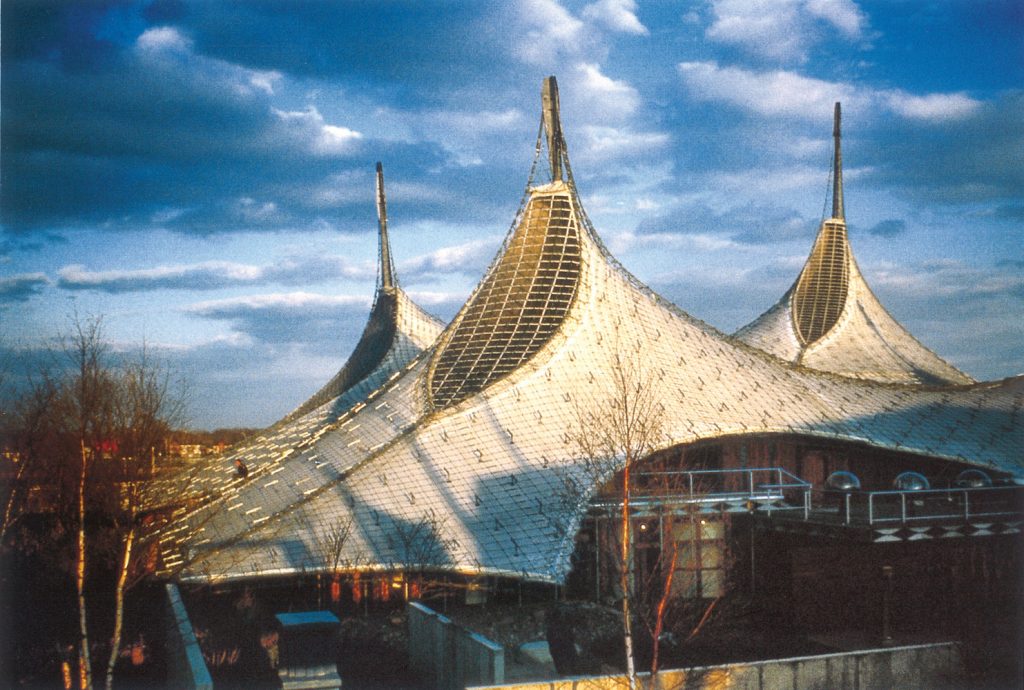
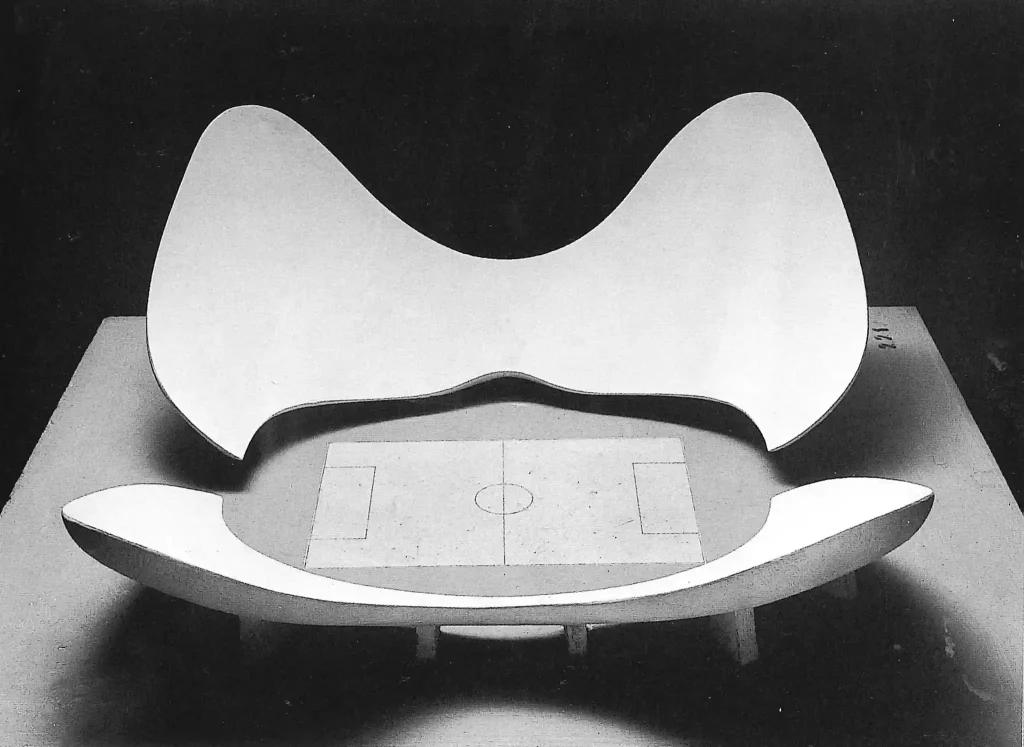

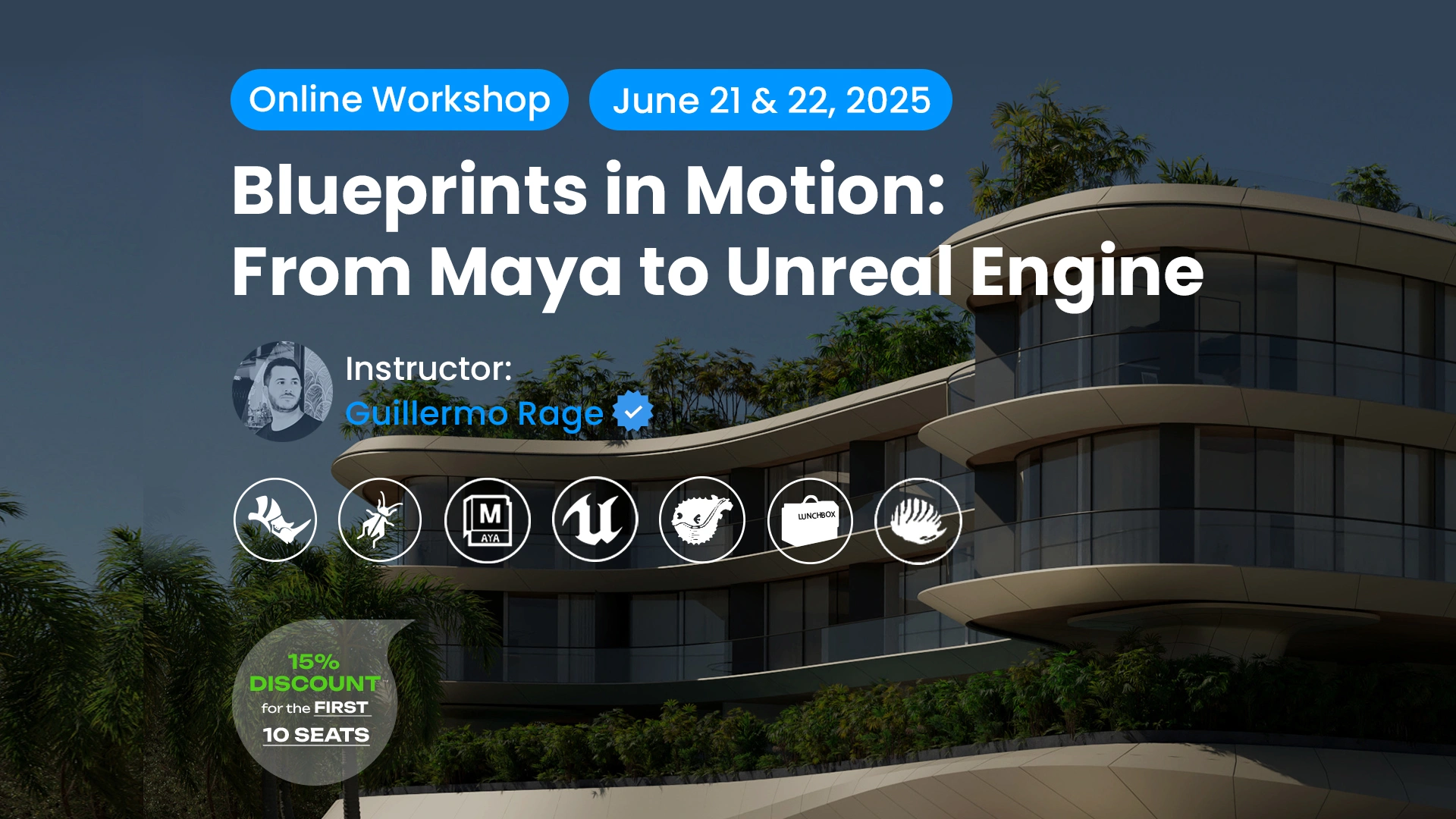

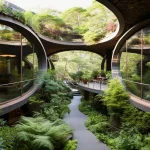

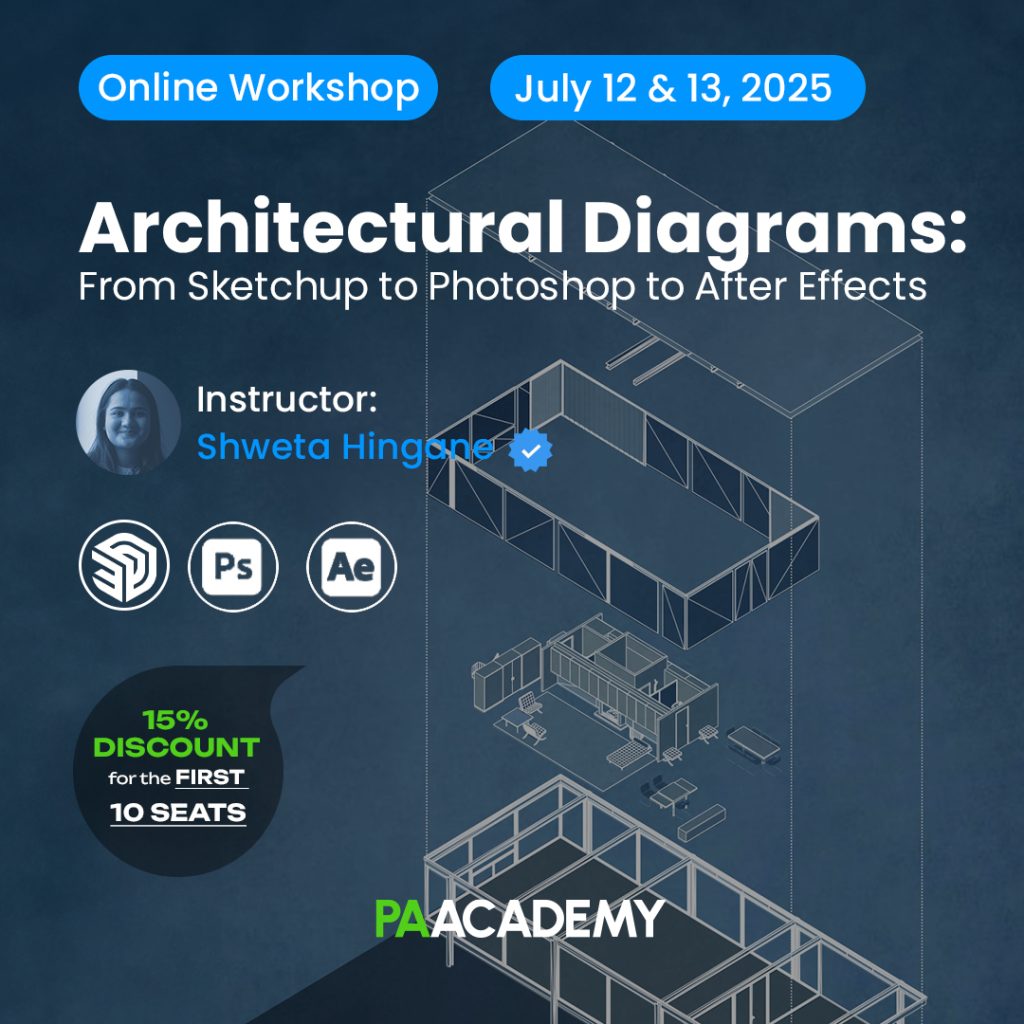








What aspects of design can be manipulated through parametricism?